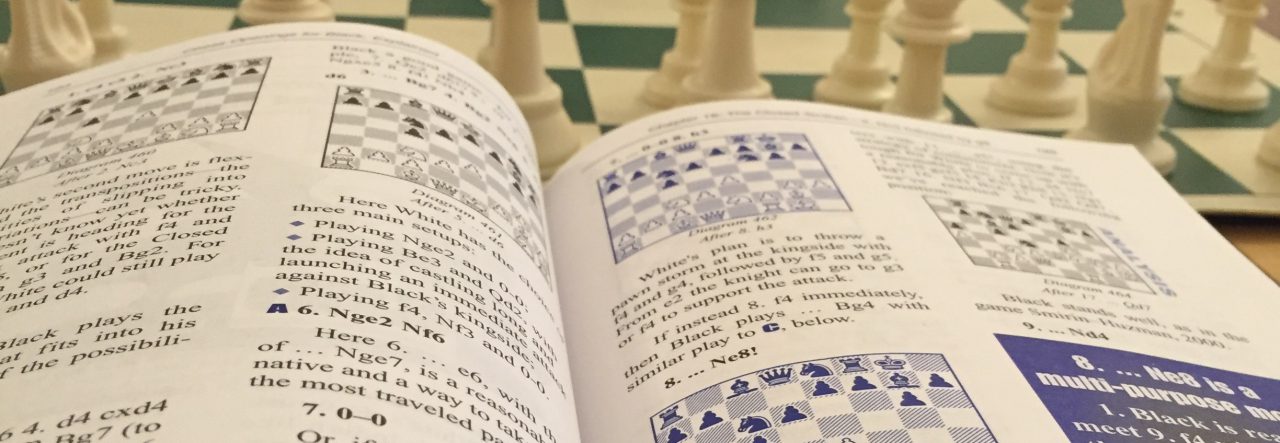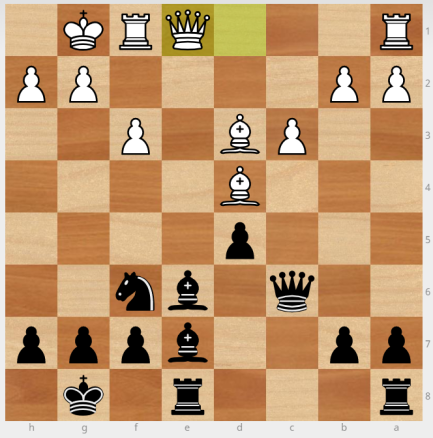You often hear sport commentators say ‘this is a chess match between the two teams’, what they mean is that each team is trying to out calculate the other.
As a chess player, we want to take pride in our calculation skills. Let’s work on it together in this post.
————-
Here are the topics we will discuss
1) Calculating 2 moves
2) Breadth versus Depth when calculating moves
3) Pawns promotion race – an intense calculation exercise
————-
Calculating 2 or more moves
The thinking process of a young beginner chess player is often, ‘hey, this looks like a cool move. I’ll move my queen up’. Then very impatiently wait for the opponent to make a move. Once the opponent makes a move, the young player will look for another cool move and repeat the process.
The problem with this thinking process is you are not looking at your opponent’s response, and thus not calculating more than 1 move.
To become a stronger chess player, the first step is to learn and practice calculating 2 or more moves in any given position.
Let’s look at an example.

Here white has the opportunity to win a piece on the spot. Answers at the bottom of this page.
Breadth versus Depth when calculating moves
As an experienced chess player, I’ve often heard the question ‘How many moves can you calculate’? Well, like many other questions, the answer is ‘it depends’. And in chess, it depends on the situation of a position.
In some positions, I’ll calculate 5-10 moves in a row, to make sure everything works in my favor.
In other positions, I’ll just calculate 2 moves, but search through 3-5 different variations.
Examples
Depth

In this position, white uses a combination that takes 6 moves, but every move is forced.
Breadth

Here, white’s combination also decides the game, but there are a few different responses by black.
Pawns promotion race – an intense calculation exercise
When a pawn reaches to the other side of the board, it can promote to a queen or any other piece besides the king or pawn.
In many endgames, the result will come down to who can promote first, and then he can use the queen to stop opponent’s promotion.
In this type of situations, it is crucial to calculate clearly, because if you missed one move, the result could change fast

It’s time to count and race the pawns.
Answers the puzzles above (ordered from top to bottom)
Puzzle 1. 1.Qxb6 axb6 2.Rd8+ checkmate
Puzzle 2. 1.Qxf4 Qxf4 2. Nd7+ Kg8 3. Rxe8+ Kh7 4. Nf8+ Kh8 5. Ng6+ (discovery check) Kh7 6. Nxf4 wins back the queen plus all the interest (rook and knight)
Puzzle 3. 1. Qxd7 Kxd7 (if Kf8 2.Qxe7+ checkmate) 2. Bf5 Ke8 (if Kc6 3. Bd7+ checkmate) 3.Bd7+ Kf8 4. Bxe7+ checkmate
Puzzle 4. 1. h4 a5 2. h5 a4 3. h6 a3 4. h7 a2 5. h8(promote to queen) stops black from promote the a-pawn.












